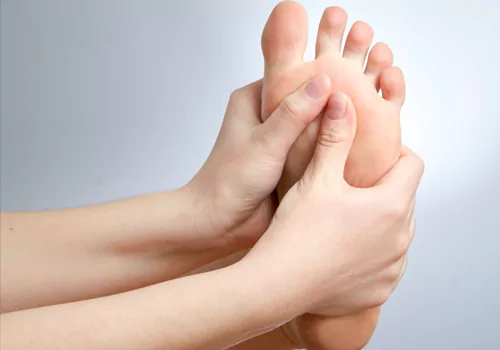Knee Replacement Surgery and Excercise
posted on Jun 9, 2014 2:53PM
.jpg)
According to the American Association of Hip and Knee Surgeons, current artificial knees generally can be expected to last about 15 to 20 years before needing to be replaced again.One of the biggest concerns that someone should have after total or partial knee replacement surgery “is the longevity and health of the replacement,” said Dr. Freddie Fu, the chairman of the department of orthopedic surgery at the University of Pittsburgh School of Medicine. But a patient’s health and habits can affect that time frame significantly. Obesity shortens the life span of replacement knees, so it’s advisable to remain active — or to start exercising — after surgery to avoid weight gain.
The best activities, Dr. Fu said, are low impact. “Biking and swimming are wonderful ways to get your heart pumping while protecting your replacement,” he said. Walking involves somewhat more pounding, but “generally is tolerated by both total and partial replacements,” Dr. Fu said. Similarly, most people can hike and cross-country ski after knee replacement, he said, but cautiously. Stick to flat, nonskid terrain, since moving up- and downhill or falling can strain the knees. As for running, there is little science about its long-term effects on knee replacements, but in Dr. Fu’s clinical experience, “an occasional low-mileage run on a soft surface is a safe activity for modern knee implants.” Intense distance training, on the other hand, is likely to hasten the deterioration of an artificial joint, he said, although different knees respond differently.
“Some patients continue to run for long distances after knee replacement without significant problems,” he said. Once you get the surgery done it is very important talk to your surgeon and Physiotherapist and discuss your exercise regime and how you should go about doing it. Depending on your age the effects of surgery can last from 5 to 20 years based on the patients will to recover faster and proper physio care.
Source: NYTimes

.jpg)

.jpg)






.WEBP)












.webp)




.webp)
.webp)

